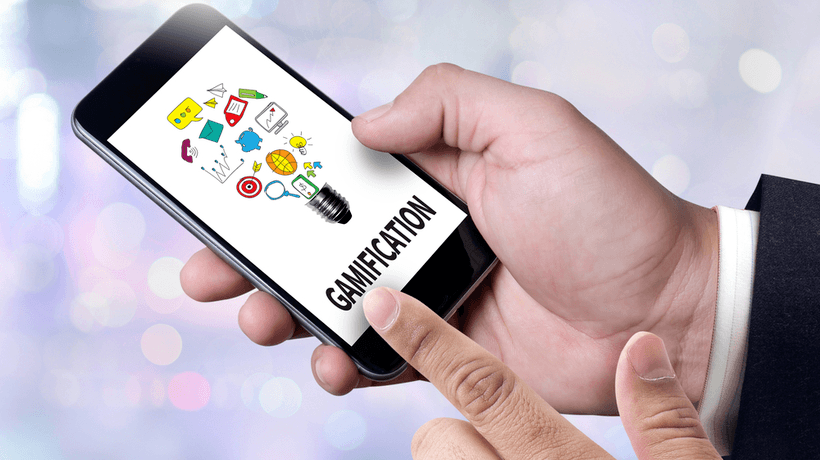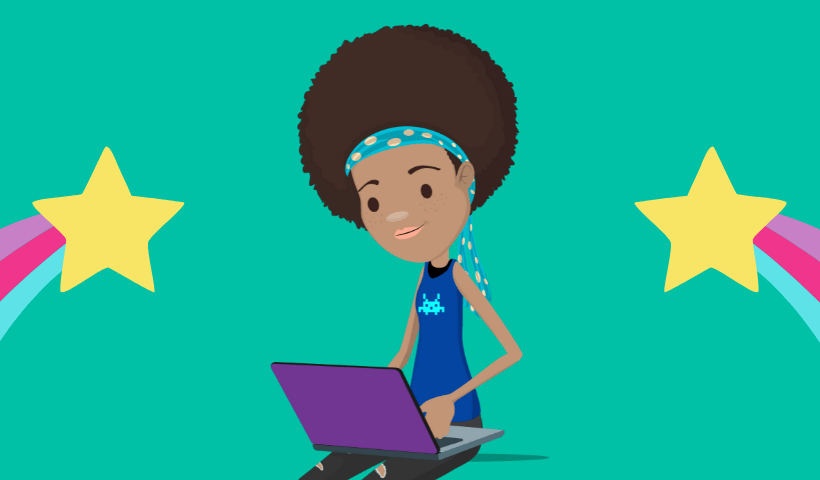Creating An Effective Remote Onboarding Process
If you’re one of the many businesses that have adapted your operating models to accommodate remote employees in the wake of the pandemic, you’re likely to have spent some time mulling over how to approach the onboarding process in this brave new world of working from home. Let’s take a look at why gamification is set to take center stage in getting new recruits up to speed.
The importance of onboarding is clear. Businesses have the chance to increase a team member’s likelihood of staying long-term through the appropriate use of an onboarding program. This is especially vital considering that it takes between six-to-nine months’ [1] workplace salary, on average, to replace an employee. Onboarding programs are typically designed to get new employees off to the right start by educating them [2] on company culture, working processes like procedures, systems, and workflows, getting them up to speed on basic skills, and walking them through their early tasks in their new role. It can also help them develop a social connection to their team of colleagues.
As we can see from this data, as many as 31% of employees quit their job within the first six months, with 16.45% of said workers opting to leave within the first week. This shows the value of effective onboarding and its role in allaying the fears of employees. However, it can be profoundly difficult to create a comprehensive onboarding process for remote employees. Many employers have had little time to get to grips with what parts of the process can be adapted for remote learners and how to implement learning tools. It’s for this reason that gamification is becoming an increasingly popular method of setting up an engaging onboarding program.
The Limitations Of Zoom
Though onboarding has gone virtual, the process remains a significant challenge for employers. During the peak of the pandemic, 37.4% of recruiters claimed that onboarding new hires remotely was a major challenge [3]. Meanwhile, 21.6% of recruiters reported that virtual onboarding would remain a big concern once the pandemic was over.
Currently, a major issue with this is that too many companies are depending on Zoom to complete their onboarding process. Although Zoom has been an excellent collaboration tool to replicate face-to-face contact, the onboarding process typically revolves around comprehensive workplace tours and in-person communication with colleagues and bosses alike. With Zoom, many of these physical and human-based elements remain missing in the virtual onboarding process risking a lack of enthusiasm, exhaustion, and Zoom fatigue among new hires.
Optimizing Onboarding Through Gamification
In a nutshell, gamification refers to the use of concepts prevalent in traditional video games as a means of motivating and incentivizing individuals to perform certain tasks. For instance, we see gamification active across the consumer world in the form of loyalty points schemes in retail stores. When applied to employee onboarding, similar points systems can be replicated to encourage more efficient learning and engagement.
The potential of introducing gamification into onboarding is virtually limitless. Well-designed programs can offer incentives, badges, and other elements like goals and customizable progression paths [4] for various rewards. These elements can also be incorporated into subsequent courses or learning materials in order to continue leveraging greater engagement.
Furthermore, gamification platforms can use multimedia elements like music or background video that can help them stay engaged in their tasks, rather than risking becoming distracted in their home environment. Again, this helps to open the door to more comprehensive training setups in a way that back-to-back Zoom calls simply can’t replicate.
As we can see from a recent gamification-at-work survey by TalentLMS, gamified training can bolster employee motivation whilst eliminating boredom at work. It can also help limit instances of lack of productivity.
Exploring How To Set Up Gamification During Onboarding
There are many strong platforms that can help employers leverage gamification during the onboarding process, but let’s take a look at Spinify as an example of how to set up an incentivized program to welcome new hires.
Firstly, Spinify helps businesses link gamification to business and culture goals simply by enabling them to add tasks and actions associated with their business culture. For instance, they can set up a task, based around the new hire introducing themselves on the company's Slack channel, with points to be awarded when the task is completed.
This premise can also be expanded on when employees take their first steps into their roles. You can open up a new task called "calling prospects" in which you set out a target number of calls to make over the course of a day, with the number altering as they become more accustomed to their roles. Because you’re offering points for every meaningful action completed, which also includes your company culture, new recruits will feel more of a sense of belonging as they familiarize themselves with their new surroundings.
Incentivizing Gamification
The levels of engagement leveraged by gamification can be boosted further by adding tangible incentives. Although this can be tricky for some employers to implement at first—after all, how can employees be rewarded without impacting budgets?—there are plenty of options that can be written into the onboarding process.
According to Glassdoor, four in five employees want benefits or perks more than they want a pay rise in order to feel motivated. These perks can be found in internal leaderboards, as "kudos" in recognition for overperformance, or company-based vouchers. However, it can be difficult to inspire all of your new employees due to the various ways in which they motivate themselves. After all, not everyone is motivated by compliments alone, and there’s no guarantee that company-based rewards will be enough for all of your workers either.
This opens the door for potential cryptocurrency-based rewards [5], where the completion of certain tasks either triggers a small cryptocurrency transaction of a pre-existing currency or a specially developed internal currency which can be used as a store of value, exchanged into fiat money, or used by company-based rewards, thus giving employees the best of all worlds associated with gamification.
Conclusion
Looking to the future, remote onboarding will become simpler with the development of emerging technologies. The gamification process will be bolstered by the next generation of smart glasses which will incorporate a wealth of information that can be superimposed on the same traditional lenses. Considering the fact that there are billions [6] of glasses wearers, the market potential is huge. The arrival of modern wearables will help pave the way for more immersive meetings, more engaging remote processes, and far more effective onboarding for new roles. With a suitable reward system and a strong progression path, the pain of welcoming remote recruits into your company will become a thing of the past.
References:
[1] Next Level Employee Onboarding: 8 Ideas to do More
[2] A Guide to Remote Onboarding
[3] 5 Tips for a Successful Virtual Onboarding
[4] 3 Easy Ways to Use Gamification in Your Employee Onboarding Process
[5] Boost remote team onboarding via gamification and real incentives









